Cooking projects:
This is our sour dough starter after about four days. This morning we used some of it to make sour dough biscuits.
It's not quite ready for bread yet but we're (my son Alex and I) are going to try making some anyway.
This is our sour dough starter after about four days. This morning we used some of it to make sour dough biscuits.
It's not quite ready for bread yet but we're (my son Alex and I) are going to try making some anyway.
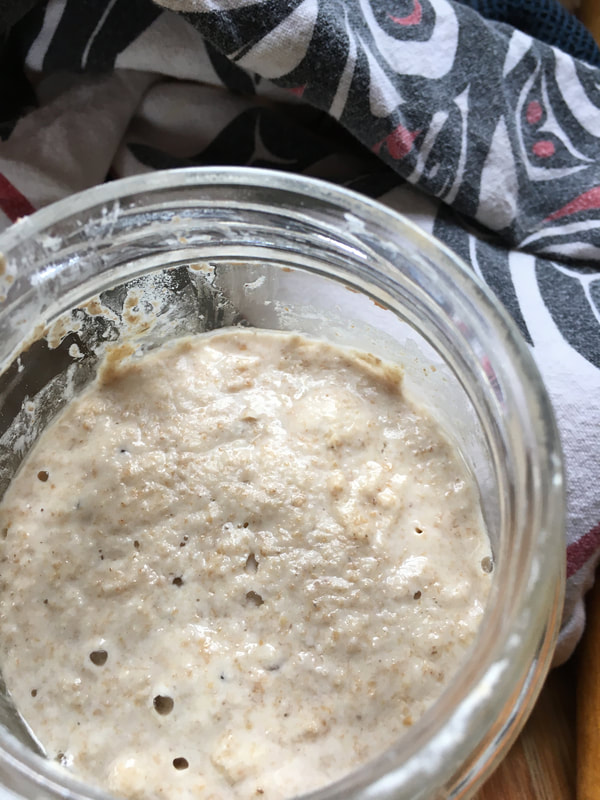
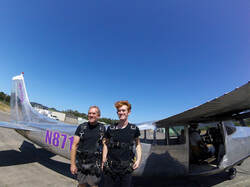
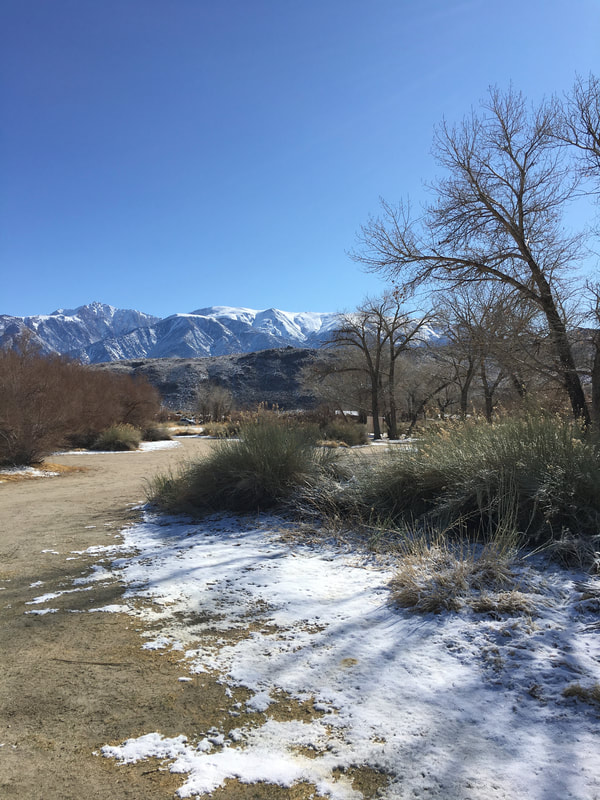
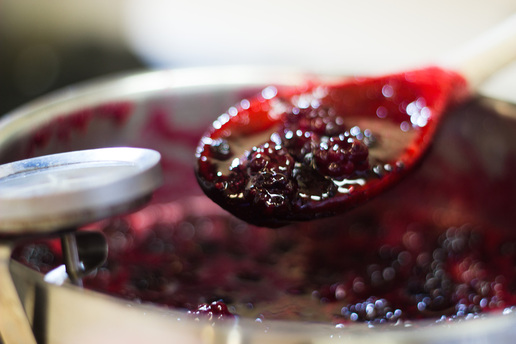
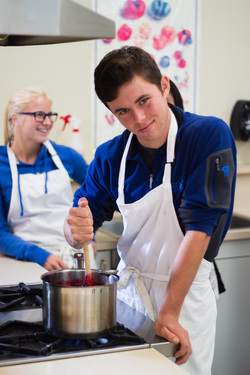
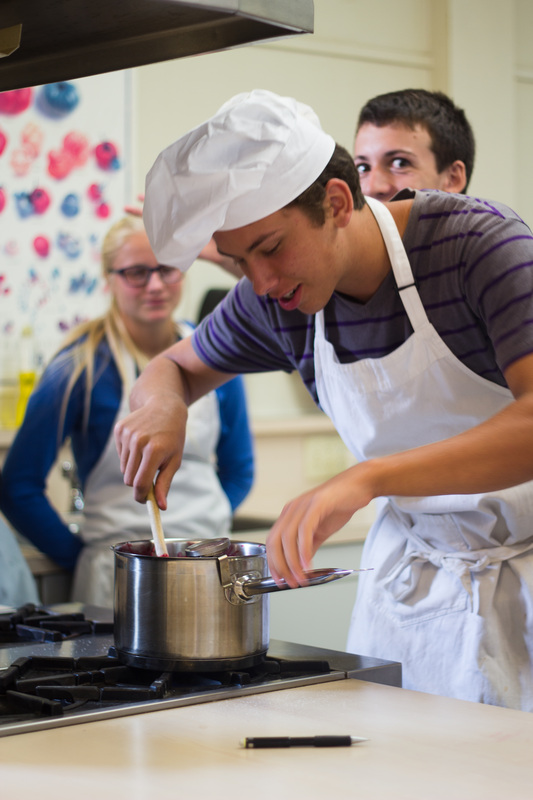
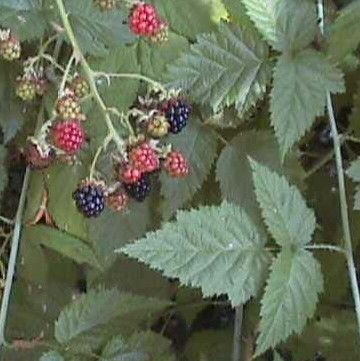
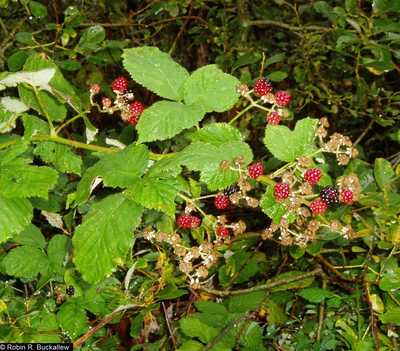
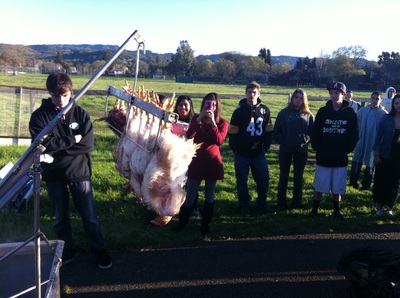
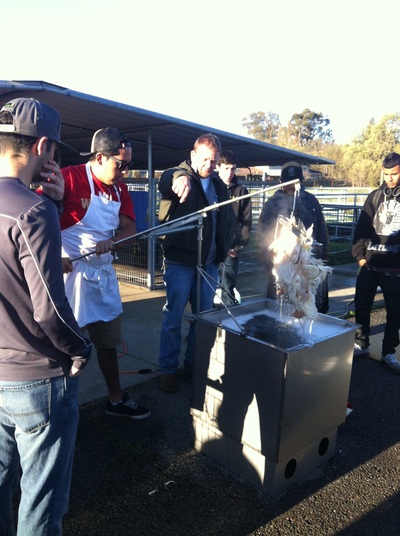
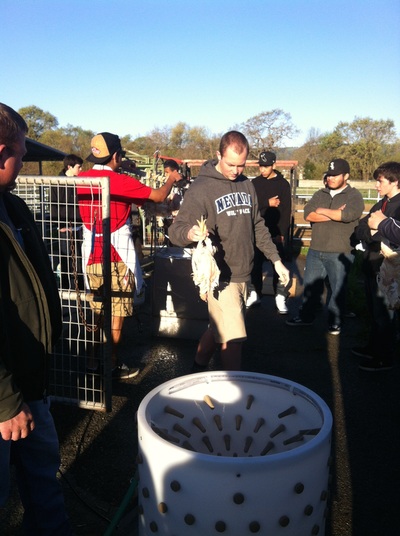
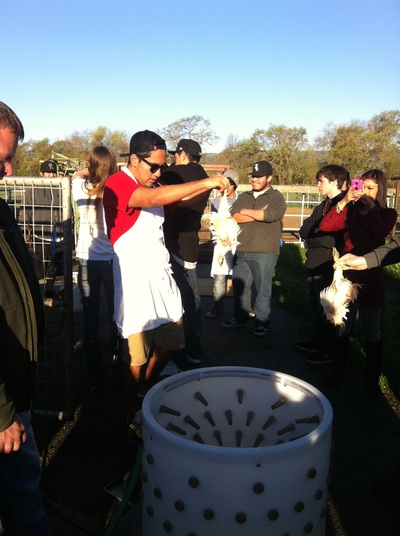
 RSS Feed
RSS Feed